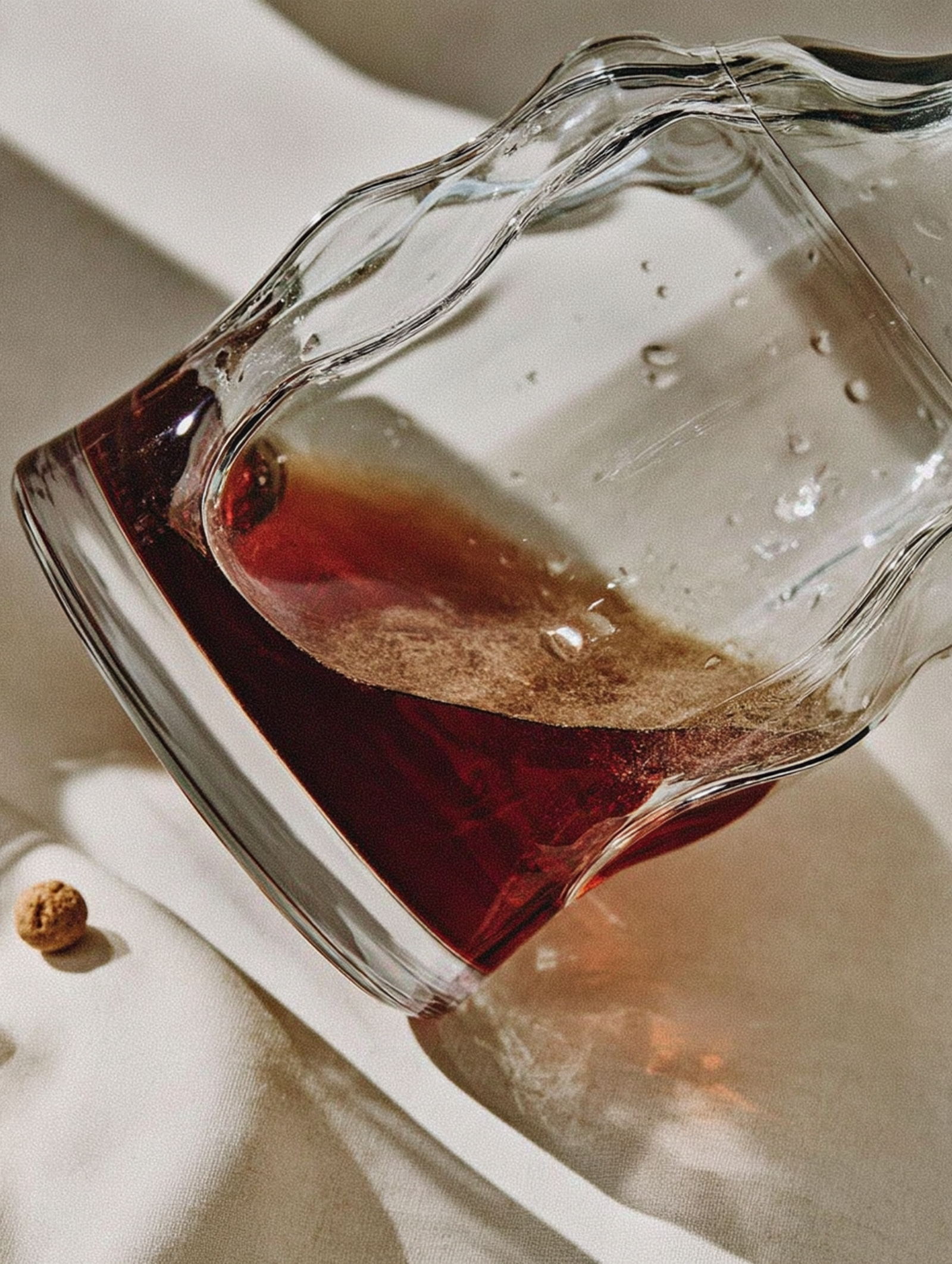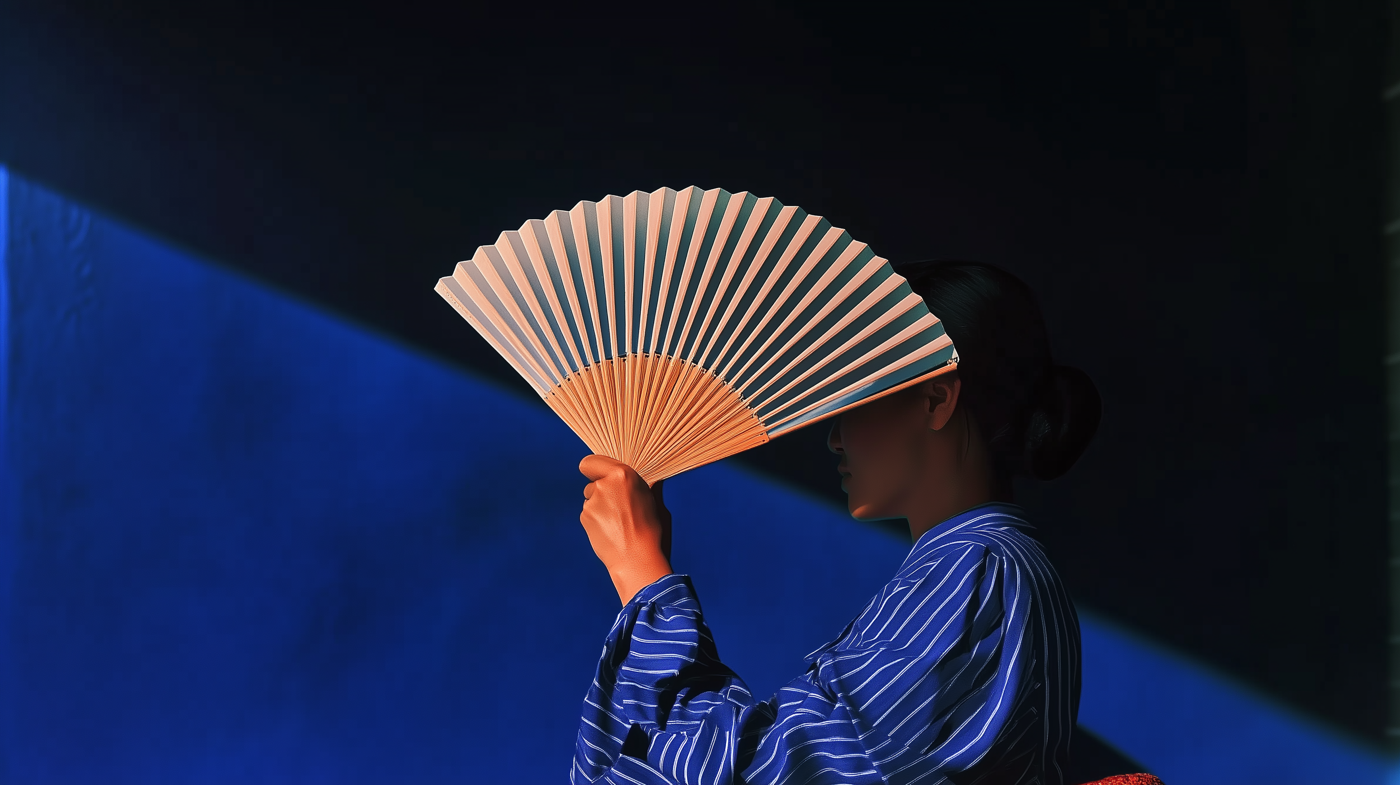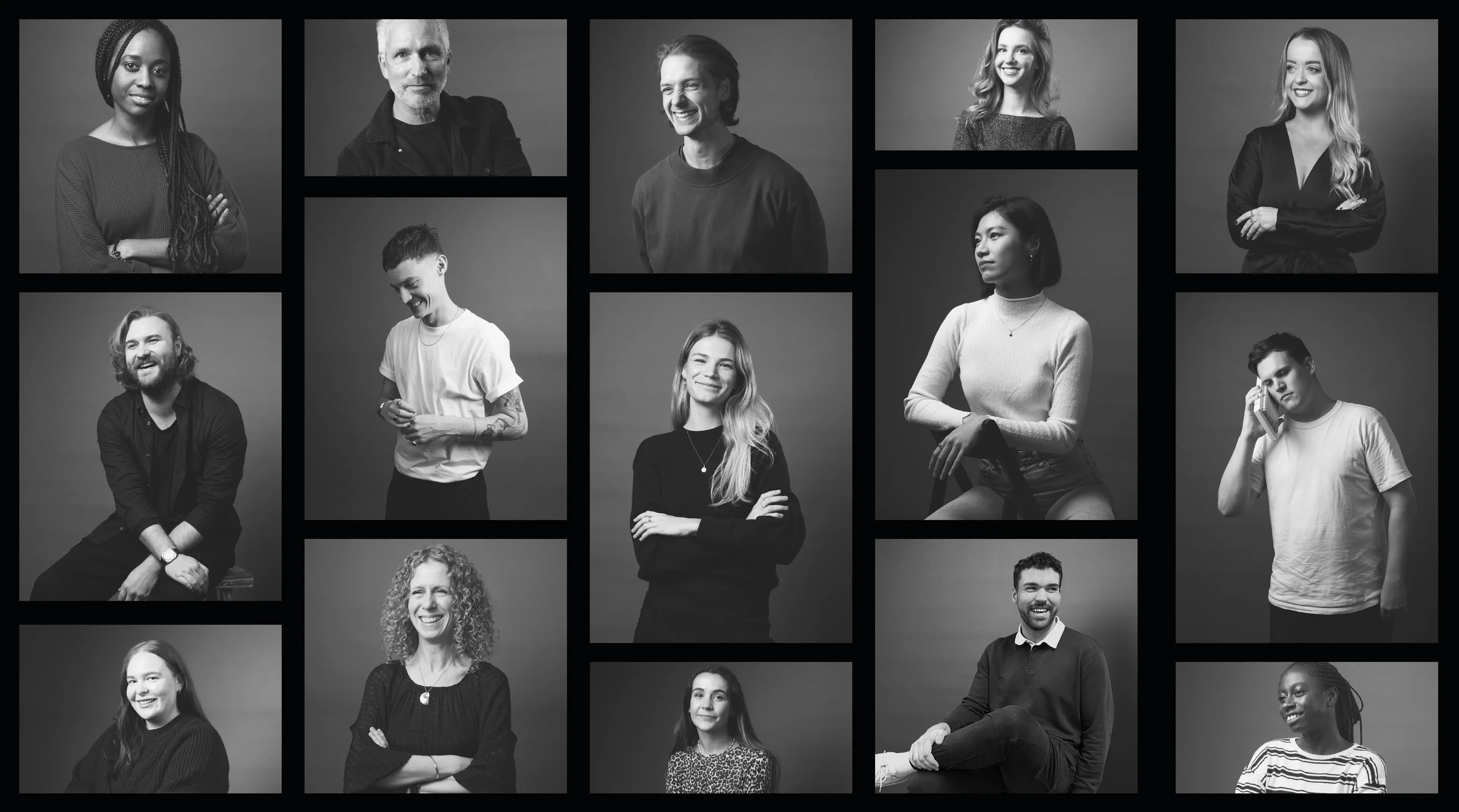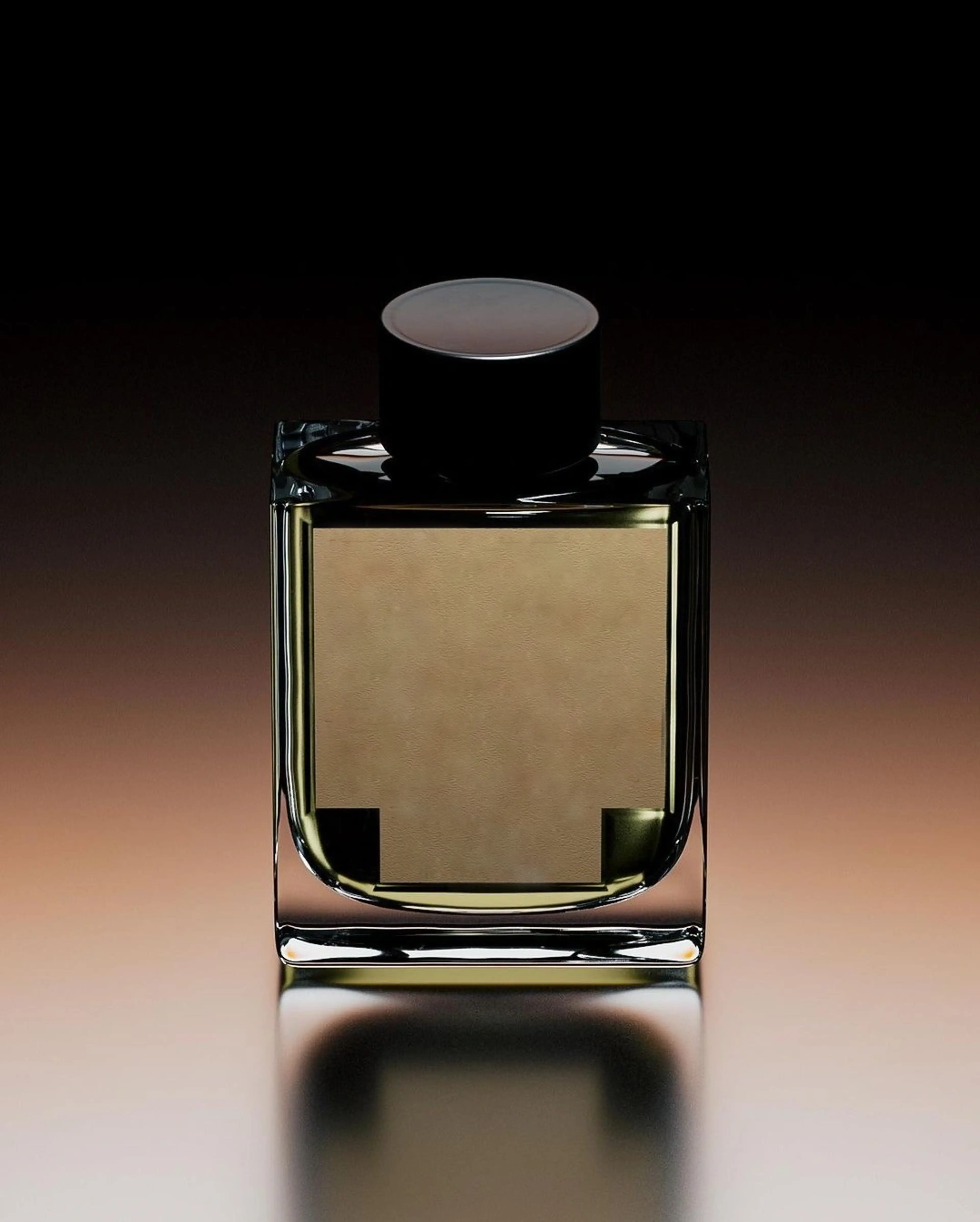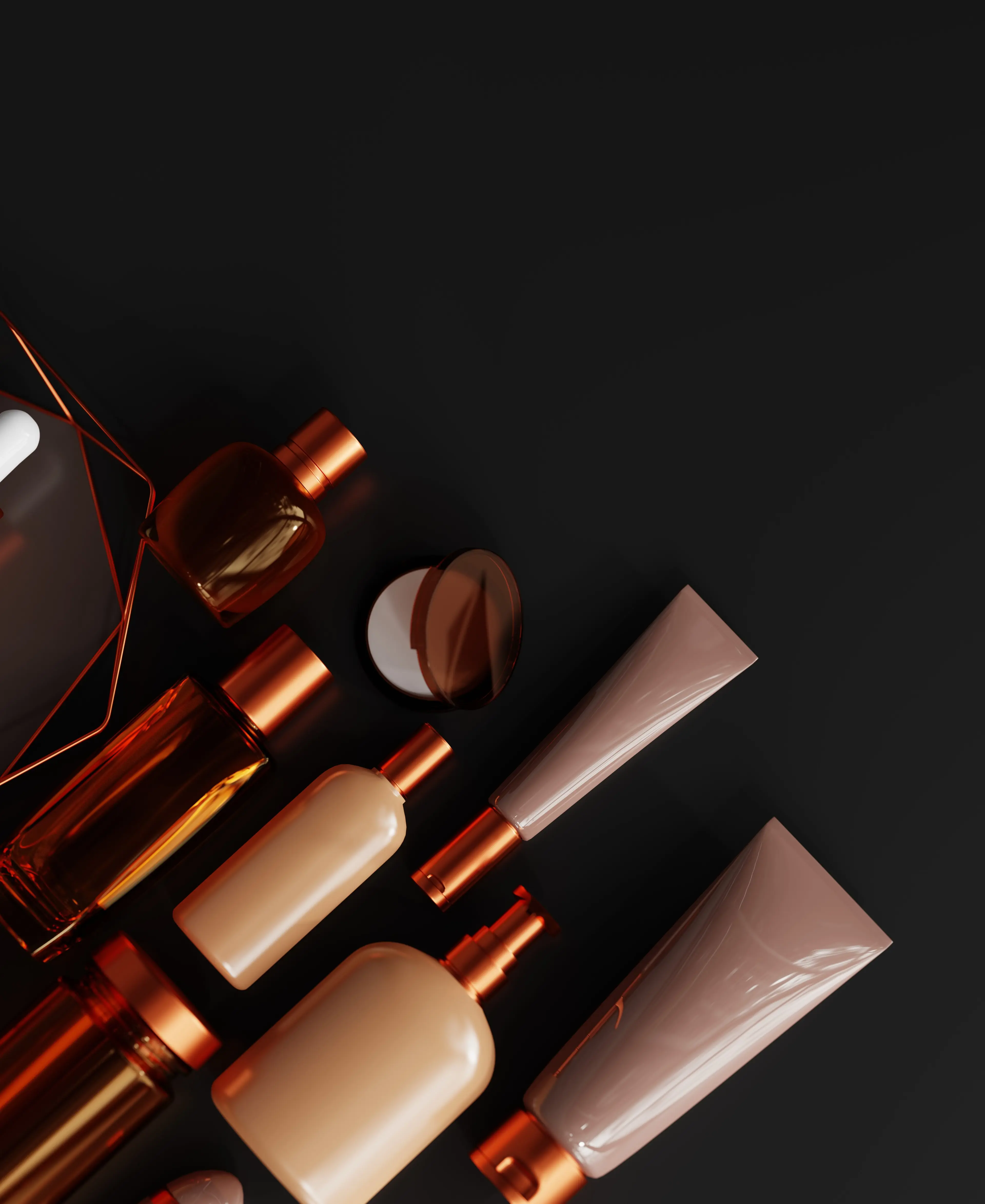
Retail & Luxury Goods
1 Feb 2023
7 Min Read
The Beauty Report 2023: Priming Luxury Brands with Future-First Insights
The room for growth in beauty is astronomical. Market value sat at $564B in 2022, thanks to a following that borders on fanatical. And while the industry doles out equal amounts innovation and controversy, no one can look away.
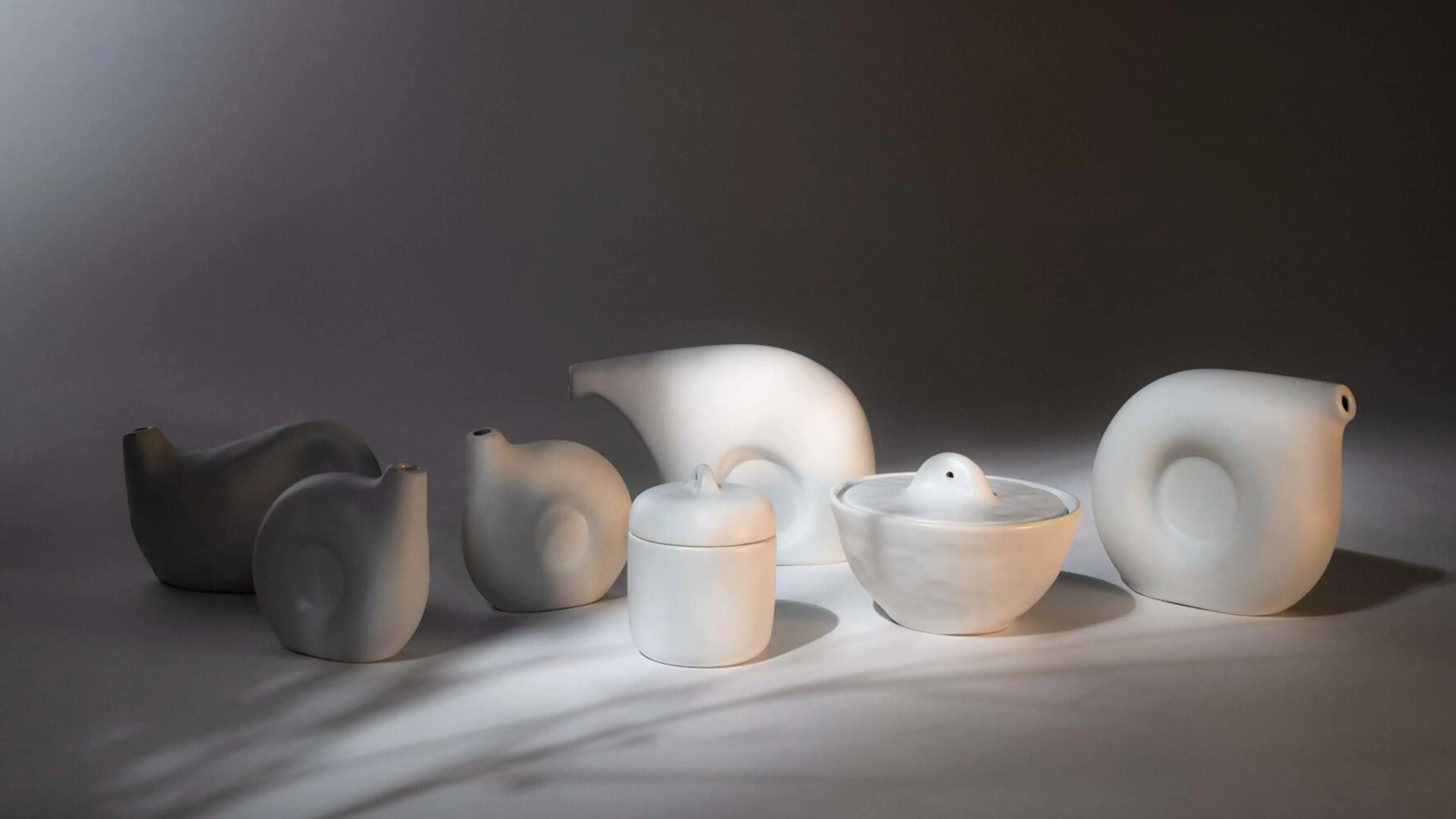

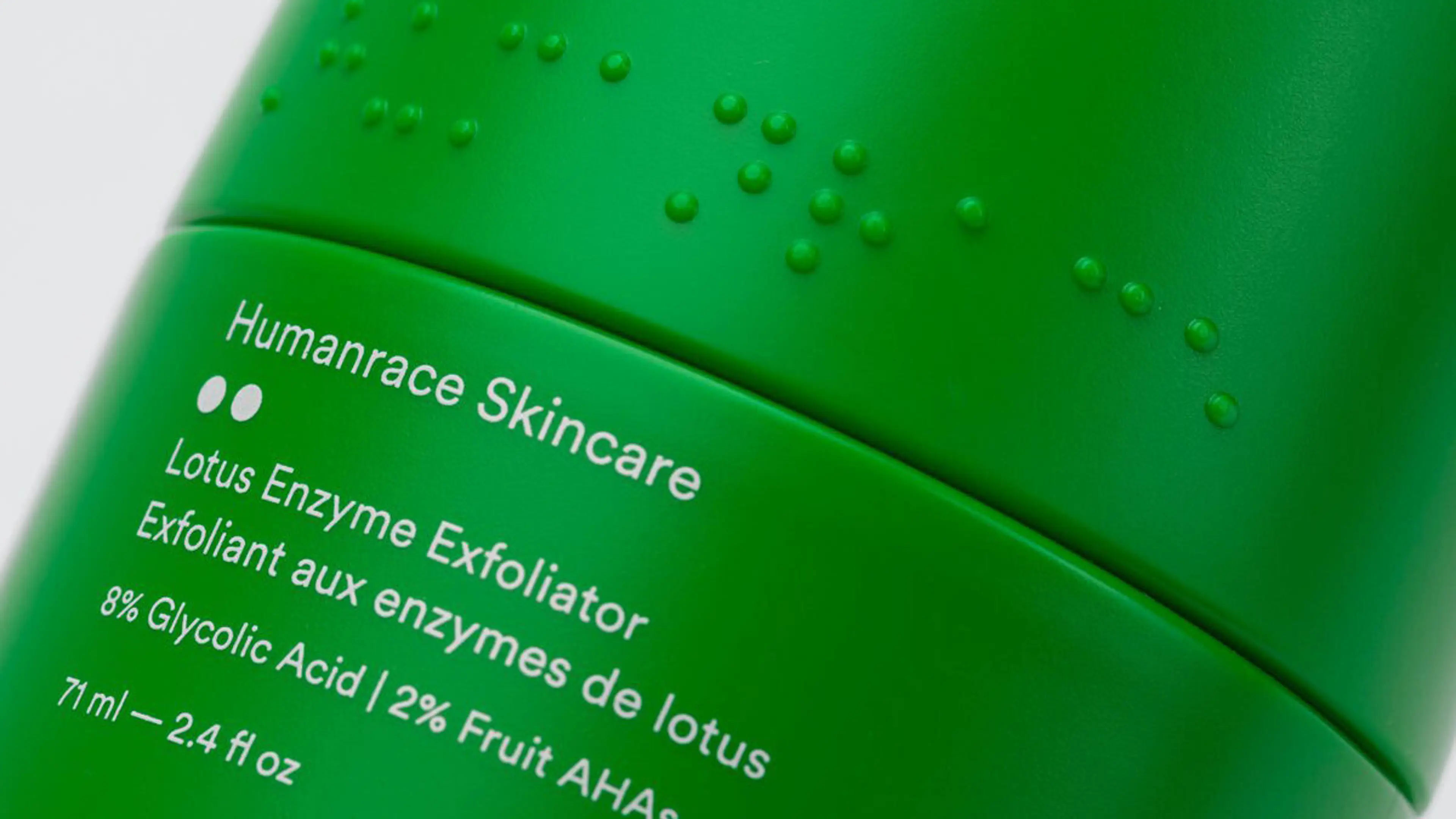
“"We are exiting the era of marketing-based skincare and entering the era of performance-based skincare. Skincare needs to embrace the individuality and diverse skincare needs of every consumer."”
Retail & Luxury Goods
